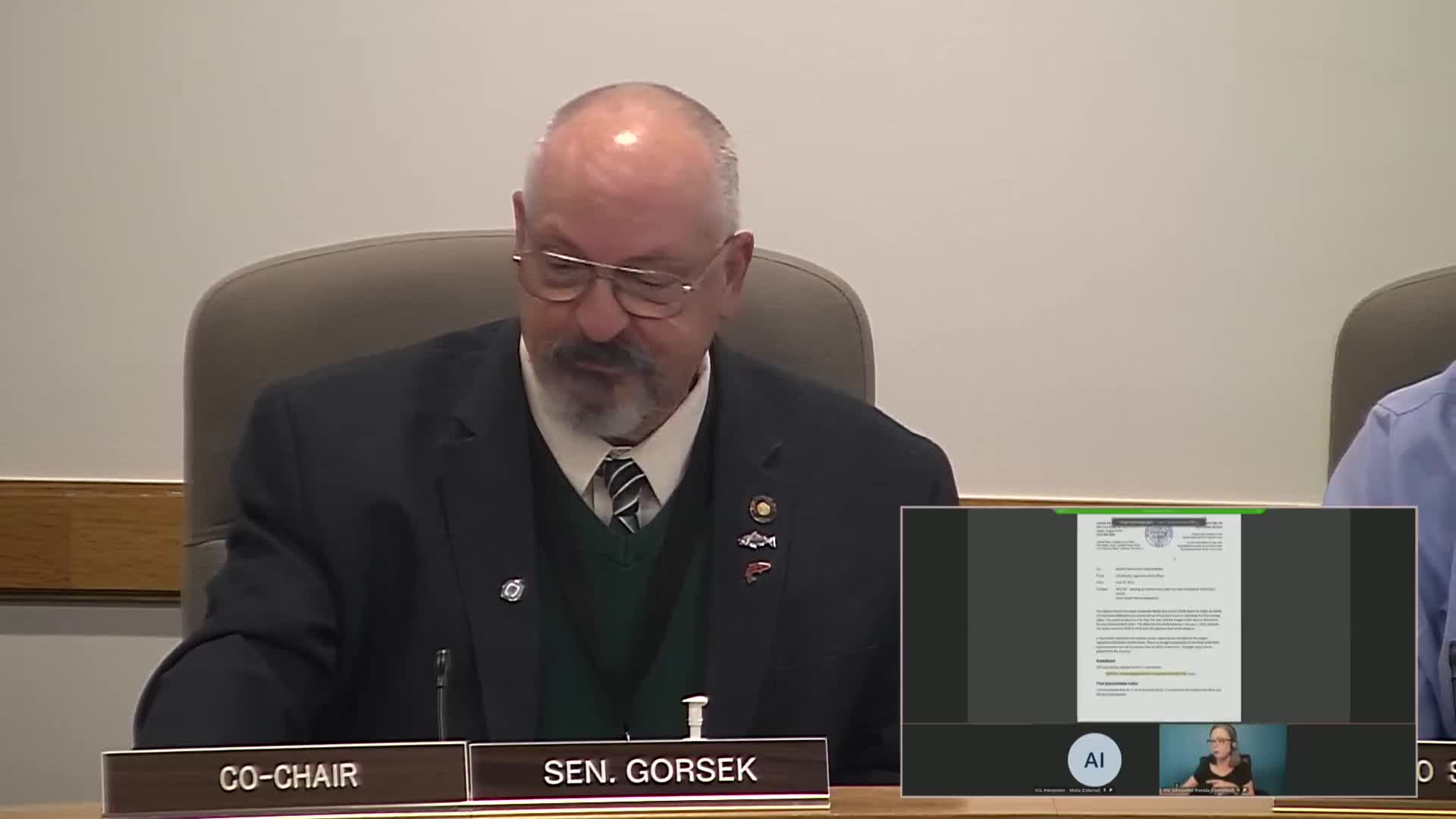Oregon subcommittee directs PERS to include overtime in retirement calculations
June 10, 2025 | General Government, Ways and Means, Joint, Committees, Legislative, Oregon
This article was created by AI summarizing key points discussed. AI makes mistakes, so for full details and context, please refer to the video of the full meeting. Please report any errors so we can fix them. Report an error »

A significant legislative measure aimed at enhancing transparency in retirement calculations for public employees was discussed during the Joint Committee on Ways and Means Subcommittee on General Government meeting on June 10, 2025. The proposed legislation directs the Public Employees Retirement System (PERS) Board to modify its notice of entitlement letters to include overtime hours in the calculation of final average salaries for retiring members.
Currently, the notice of entitlement does not clearly outline the overtime hours that contribute to retirement benefits, particularly for the Oregon Public Service Retirement Plan (OPSRP). This change, effective January 1, 2026, seeks to rectify that gap, ensuring that employees who have worked substantial overtime—often exceeding 80 hours a month—receive fair credit in their retirement calculations.
Co-Chair Smith emphasized the importance of this measure, stating, "I think it's outright theft" that overtime is not currently factored into retirement benefits for corrections employees. This sentiment was echoed by other committee members, who highlighted the mandatory nature of overtime in the Department of Corrections and the need for fair compensation.
The discussion also included a budget amendment that allocates nearly $500,000 for PERS to hire three limited-duration positions. These staff members will manually calculate the overtime hours until the agency can automate the process through its modernization program. This administrative step is crucial for ensuring that retirees receive accurate benefit estimates based on their actual work contributions.
In summary, this legislative move not only aims to improve transparency but also addresses long-standing concerns regarding the treatment of overtime in retirement calculations, marking a significant step forward for public employees in Oregon.
Currently, the notice of entitlement does not clearly outline the overtime hours that contribute to retirement benefits, particularly for the Oregon Public Service Retirement Plan (OPSRP). This change, effective January 1, 2026, seeks to rectify that gap, ensuring that employees who have worked substantial overtime—often exceeding 80 hours a month—receive fair credit in their retirement calculations.
Co-Chair Smith emphasized the importance of this measure, stating, "I think it's outright theft" that overtime is not currently factored into retirement benefits for corrections employees. This sentiment was echoed by other committee members, who highlighted the mandatory nature of overtime in the Department of Corrections and the need for fair compensation.
The discussion also included a budget amendment that allocates nearly $500,000 for PERS to hire three limited-duration positions. These staff members will manually calculate the overtime hours until the agency can automate the process through its modernization program. This administrative step is crucial for ensuring that retirees receive accurate benefit estimates based on their actual work contributions.
In summary, this legislative move not only aims to improve transparency but also addresses long-standing concerns regarding the treatment of overtime in retirement calculations, marking a significant step forward for public employees in Oregon.
View full meeting
This article is based on a recent meeting—watch the full video and explore the complete transcript for deeper insights into the discussion.
View full meeting
